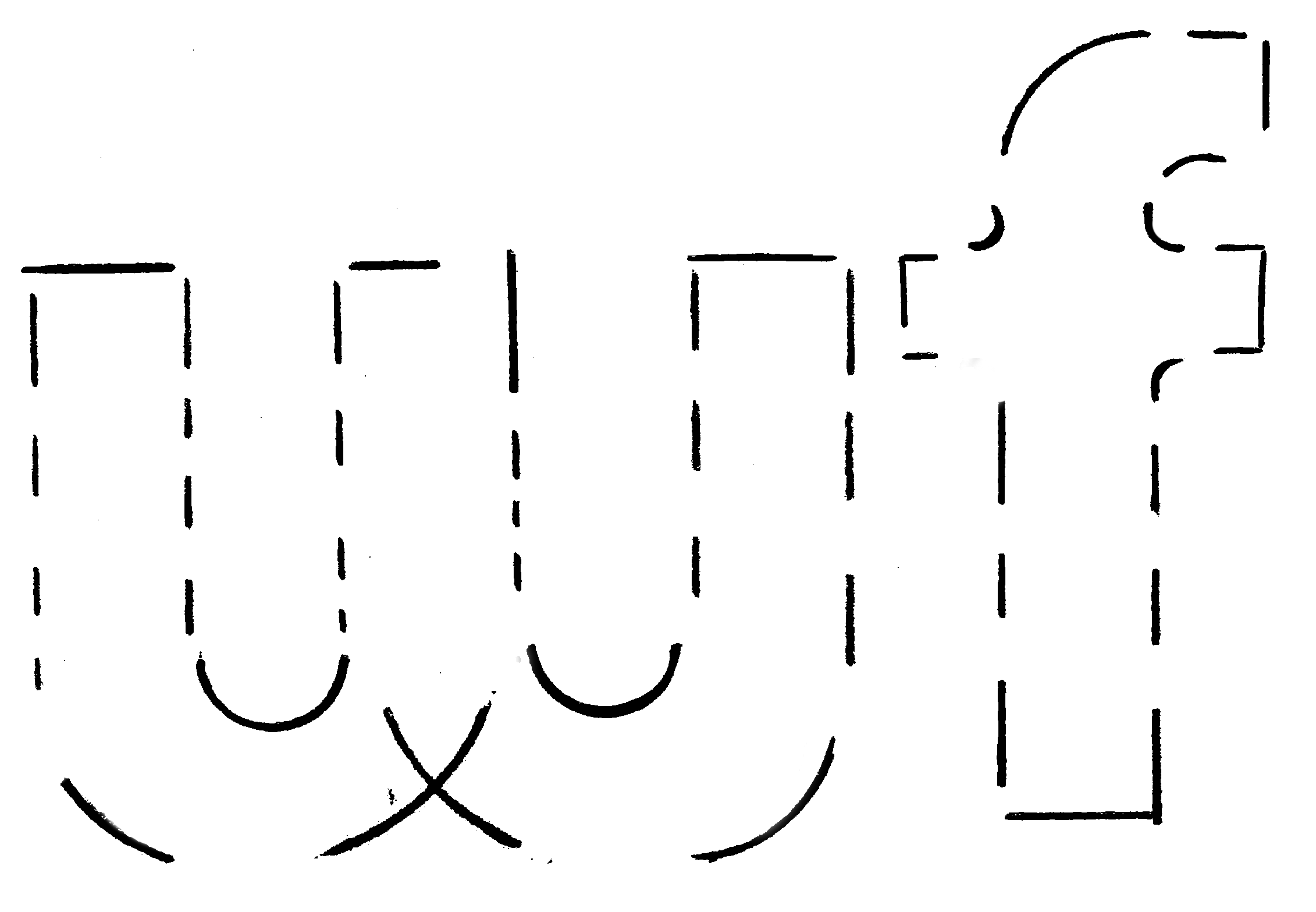Art's Birthday: Somewhere a Voice is Calling
Jan 17, 2007
Description:
This performance was programmed as part of a multi-day celebration of Art’s Birthday that coincided with the 100th anniversary of radio. Local and international artists used sound, video, robotics, poetry, images, and performance to celebrate and deconstruct utopian ideas of network, radio, and places.Somewhere a Voice is Calling was a performance event by three different artists inspired by the history of Reginald Fessenden’s voice on radio and the “secrets” of radiation. These artists worked with the themes of “invisible” sounds, hidden voices, the early days of radio communication (primarily on the Atlantic Ocean from 1900–07), and micro-casting using low-power transmitters. Drawing from tales of ghost ships and myths from the early days of radio that claimed the seafaring dead could be contacted via shortwave, this performance conjured an ethereal world of distant voices, sea, and static.
Anna Friz considered the very human desire for remote contact as manifest in the notion of “inaudible” transmissions (from the living or dead). She worked with the extremely low-watt transmissions of voice and breath captured through baby monitors, walkie talkies, and cordless phones and experimented with the ways these mortal sounds have been rendered both fragile and monstrous through the compression of these low-fidelity technologies. For this performance Friz employed multiple small FM transmitters and receivers for diffusion.
Glenn Gear worked with video and software to create visual montages on the theme of the ocean, shipping, and early radio communication. With “distressed” and ephemeral video images, he explored the signal and video noise generated through broadcast and independent transmissions, such as ghosts and echoes from the aural/visual aether.
Absolute Value of Noise (a.k.a. Peter Courtemanche) played with very low frequency receivers to convert radiation (from transmitters, cellphones, different wireless devices, and electronic equipment) into audible sound. In this performance, Courtemanche used large circular antennas to draw strange noises from the low-watt broadcast equipment (radio and TV) of the other performers.
Following the performance, the evening also featured a slow-scan video call between Hank Bull and Tetsuo Kogawa in Japan, with Makiko Hara providing translation support; a musical performance with Bull on piano and Roberto Paci Dalò on clarinet; and birthday cake.
Video documentation available upon request.
